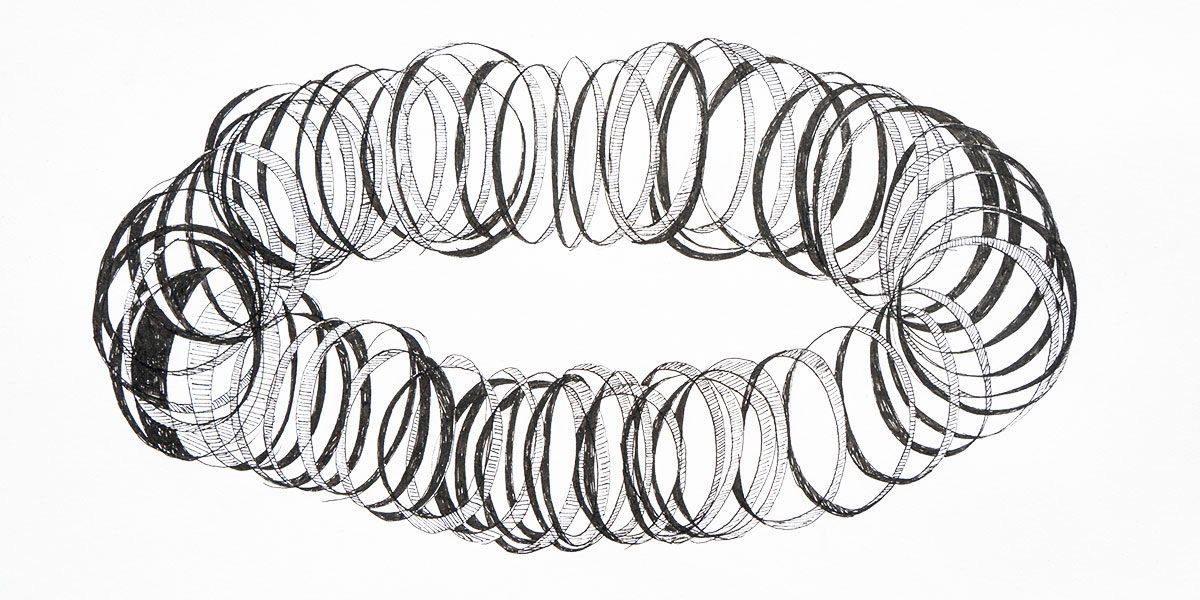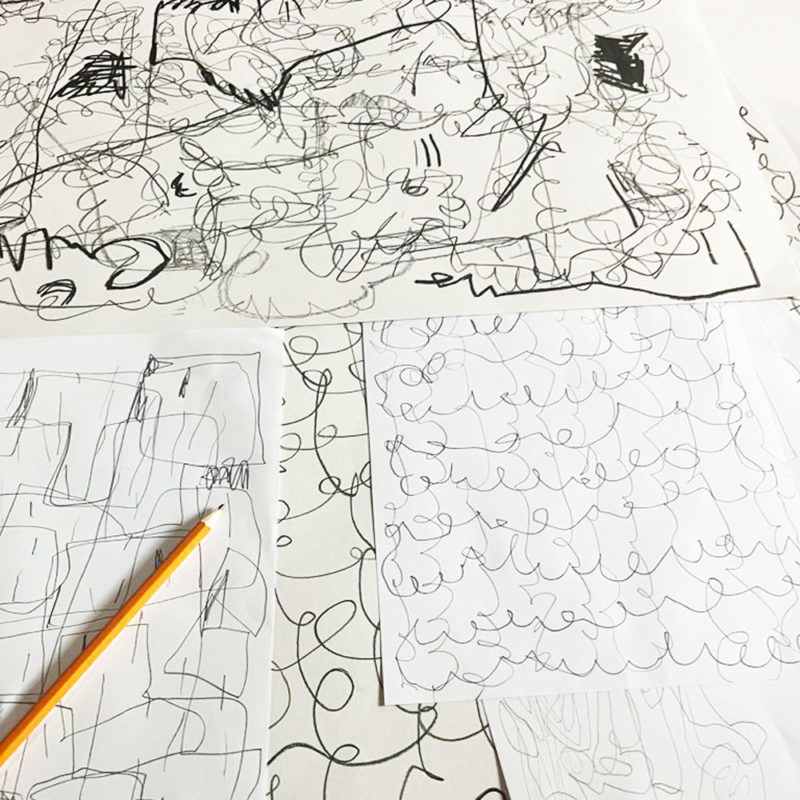About
Drawing As Stimming is about opening up the body to wider listening…
About Drawing as Stimming workshops
Drawing as Stimming workshops look to create a time where stimming can happen, through drawing and in response to artworks in the gallery setting, or online in response to art collections.
The workshops seek to explore how drawing and mark making can support non-verbal interpretation of artworks, whilst also enabling safe spaces to stimm.
In previous months Sam has hosted workshops for The Big Draw, Mostyn Gallery and the Wellcome collection. During these workshops participants have been given a series of visual prompts that start from stimming movements. They are then encouraged to explore repetition and mark making in a playful way, resulting in unique artworks and compositions.
Drawing as Stimming is funded by Necessity.
Drawing as Stimming Exercises

Artworks by Neuk Collective


“Sometimes a shape, mark, or line pattern finds me. I feel into the drawing, noticing how my body feels making the mark”
What Is Stimming?
Stimming is behaviour often seen in autistic or neurodivergent children and adults that can include repetitive actions such as rocking, hand flapping or making noises. Often stimming is viewed negatively because it is seen when an autistic child or adult is overwhelmed by sensory information. But importantly it can also be positive and part of a sensory seeking journey where the child or adult is responding to interesting sensory stimulus.
Masking or hiding stimming, something that children sometimes learn early to do, and can be painful for children. However, because stimming is so often misunderstood, linked with bad behaviour and seen as disruptive, lots of children who have the ability to mask will be pressured to do so.
Instructional Video
About Sam Metz
Sam Metz is an interdisciplinary artist inspired by movement. Sam’s work researches, creates and reflects on the concept of what they refer to as ‘choreographic objects. A ‘choreographic object’ is any work Sam creates that has, through the process of making or in the way it looks, a relationship to the body and movement.
As a neurodivergent artist with sensory processing differences, the objects allow Sam to work in non-verbal ways, which is a key part of their practice. As an artist with an unpredictable body (due to both Tourette’s and the disability EDS, a connective tissue disorder) the creation of visual, sculptural objects for choreography and alternative forms of notation have allowed the artist alternative methods of communication with artists.
To find out more about Sam Metz’s work, click the link below or follow @chippedpale

